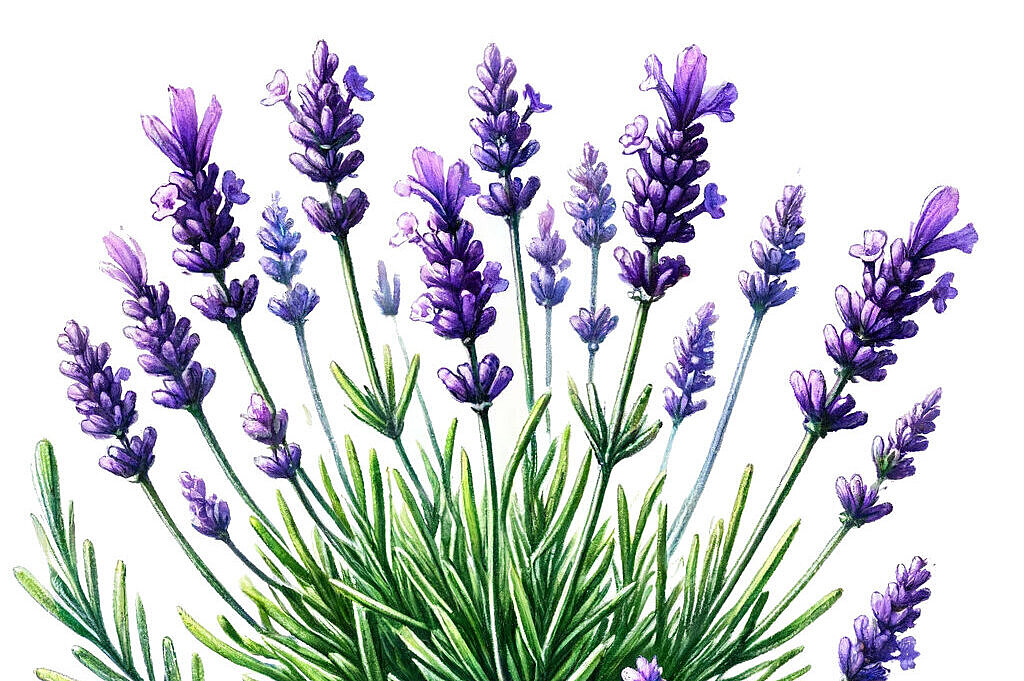Osmanthus

Osmanthus have a special place in the world of garden plants and flowers, and osmanthus stands out among them with its beguiling scent. But what does the presence of this plant mean for our dogs? Can the scent of osmanthus perhaps even have positive effects on our four-legged friends, or does it possibly harbor risks? In this article, we take a deep dive into the world of osmanthus, explore its properties and analyze how it can affect dogs.
What are fragrant flowers (Osmanthus)?
Osmanthus, also known as fragrant blossom, is a genus of around 30 species of evergreen shrubs and trees from the olive family (Oleaceae). Particularly common in East Asia, these plants are known for their fragrant flowers, which smell sweet in some species and more subtle in others. The flowering time varies depending on the species and location, with many Osmanthus species flowering in spring or fall.
Benefits of osmanthus for dogs
Natural beauty and well-being
The presence of plants such as osmanthus in the home garden or neighborhood can have a calming effect on dogs. The greenery of the plants and the pleasant scent can help to create a relaxing atmosphere that can promote the dog's general well-being.
Aromatherapeutic effects
Although the specific aromatherapeutic effects of osmanthus on dogs have not been scientifically proven, some evidence suggests that natural scents can positively influence animal behavior and mood. A pleasant natural scent in the environment can help reduce stress in dogs and improve their mood.
Disadvantages and risks
Potential toxicity
While osmanthus is considered safe for humans, specific studies on the toxicity of this plant in dogs are lacking. Many plants that are harmless to humans can be toxic to dogs. Symptoms of poisoning can range from mild discomfort to severe health problems. It is therefore important to observe the dog's reaction to the plant and consult a vet immediately if poisoning is suspected.
Allergic reactions
Some dogs may be sensitive to certain plants or their pollen. Allergic reactions can manifest themselves in the form of skin irritation, sneezing or other symptoms. If you notice that your dog is showing allergic symptoms after coming into contact with osmanthus plants, it is advisable to keep him away from the plant.
Osmanthus, with its fragrant flowers, can be an asset to the garden and home environment, potentially even having positive effects on the well-being of dogs. However, it is essential to be careful and keep an eye on the dog's health and reaction. The beauty and fragrance of osmanthus should not take precedence over the safety and welfare of our dogs. If in doubt or if there are any signs of a negative reaction, the safest decision is always to keep the dog away from the plant and seek veterinary advice. This way we can enjoy the outdoors while ensuring our four-legged friends stay healthy and happy.
If you notice any signs of hypersensitivity or poisoning in your dog, you should see your vet immediately. We are not a substitute for a vet, but we try to be as accurate as possible. Every dog reacts differently and we recommend you get a second opinion or consult your vet if in doubt.
Stay healthy and take good care of your four-legged friend!😊
Similar to Osmanthus
Lavender is a plant genus that belongs to the labiate family. There are around 30 different types of lavender, which differ in appearance, fragrance and ingredients. The best-known species is true...
Gardenias (Gardenia jasminoides) belong to the Rubiaceae family and are best known for their highly fragrant, white or cream-colored flowers. Originally native to the warm regions of Asia and...
The Japanese camellia (Camellia japonica) is an evergreen shrub or small tree that is native to the forests of Japan, Korea and China. It belongs to the tea family (Theaceae) and is best known for...
Lilac (Syringa vulgaris) belongs to the olive family (Oleaceae) and is mainly native to Europe and Asia. This perennial plant is characterized by its lush flower clusters, which can appear in a...



